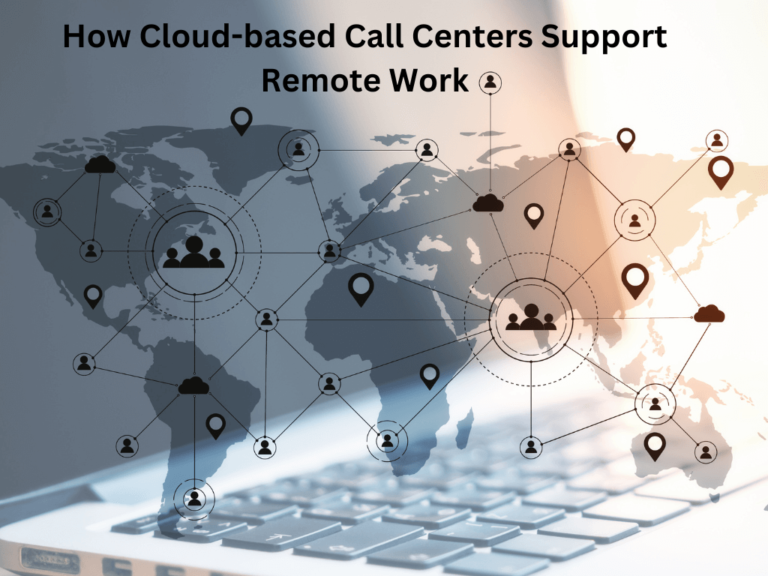Introduction to Whitespace Resource Scheduling
Whitespace resource scheduling is a strategic approach that focuses on identifying and utilizing unused or underutilized resources in an organization or system. The concept revolves around optimizing the allocation of time, personnel, and physical resources that may otherwise remain idle or unproductive. By harnessing whitespace, companies can significantly enhance their operational efficiency, ensuring that every available resource is employed effectively to maximize productivity. This approach is gaining traction across various industries, including technology, healthcare, and manufacturing, where the optimal use of resources directly influences overall performance.
The Core Principles of Whitespace Scheduling
At its core, whitespace resource scheduling is driven by data and analytics. It requires a deep understanding of current workflows, employee availability, and resource usage patterns. This data helps identify gaps or periods where resources, such as employees, machines, or equipment, are not being fully utilized. The goal is to fill these gaps with relevant tasks or projects that contribute to the organization’s objectives, ensuring that no resource goes underused. By applying a strategic approach, businesses can create an optimized resource allocation model that maximizes both time and efficiency.
Implementing Whitespace Scheduling in Organizations
Successfully implementing whitespace resource scheduling involves a few key steps. First, companies need to assess the existing workflow and resource management systems to identify areas of improvement. This often requires the use of scheduling software that integrates with the company’s current tools. The next step is to set clear objectives for resource usage, taking into account the skills and availability of employees, as well as the capacity of machines and equipment. With real-time scheduling tools, businesses can create dynamic schedules that adapt to changes, ensuring optimal use of resources while minimizing downtime.
Benefits of Whitespace Resource Scheduling
Whitespace resource scheduling offers several distinct benefits. One of the most prominent advantages is improved efficiency, as businesses can eliminate wasted time and idle periods. This can lead to a more streamlined workflow, reduced operational costs, and increased overall productivity. Additionally, this scheduling method can enhance employee satisfaction, as it allows for better management of workloads, avoiding overburdening staff with excessive tasks or underusing their skills. Whitespace scheduling can also contribute to a healthier work-life balance, as it enables the creation of more flexible schedules that adapt to both business needs and employee preferences.
Challenges and Solutions in Whitespace Scheduling
While whitespace resource scheduling can significantly improve efficiency, it also presents certain challenges. One common issue is the resistance to change from employees or management, who may be accustomed to traditional scheduling methods. Overcoming this resistance requires effective communication, training, and a clear demonstration of the benefits of the new system. Another challenge is accurately forecasting resource requirements and identifying whitespace periods, which can be complex and time-consuming without the right technology. To address this, organizations can invest in advanced scheduling software equipped with artificial intelligence (AI) and machine learning algorithms, which can help predict patterns and optimize resource allocation in real time.







